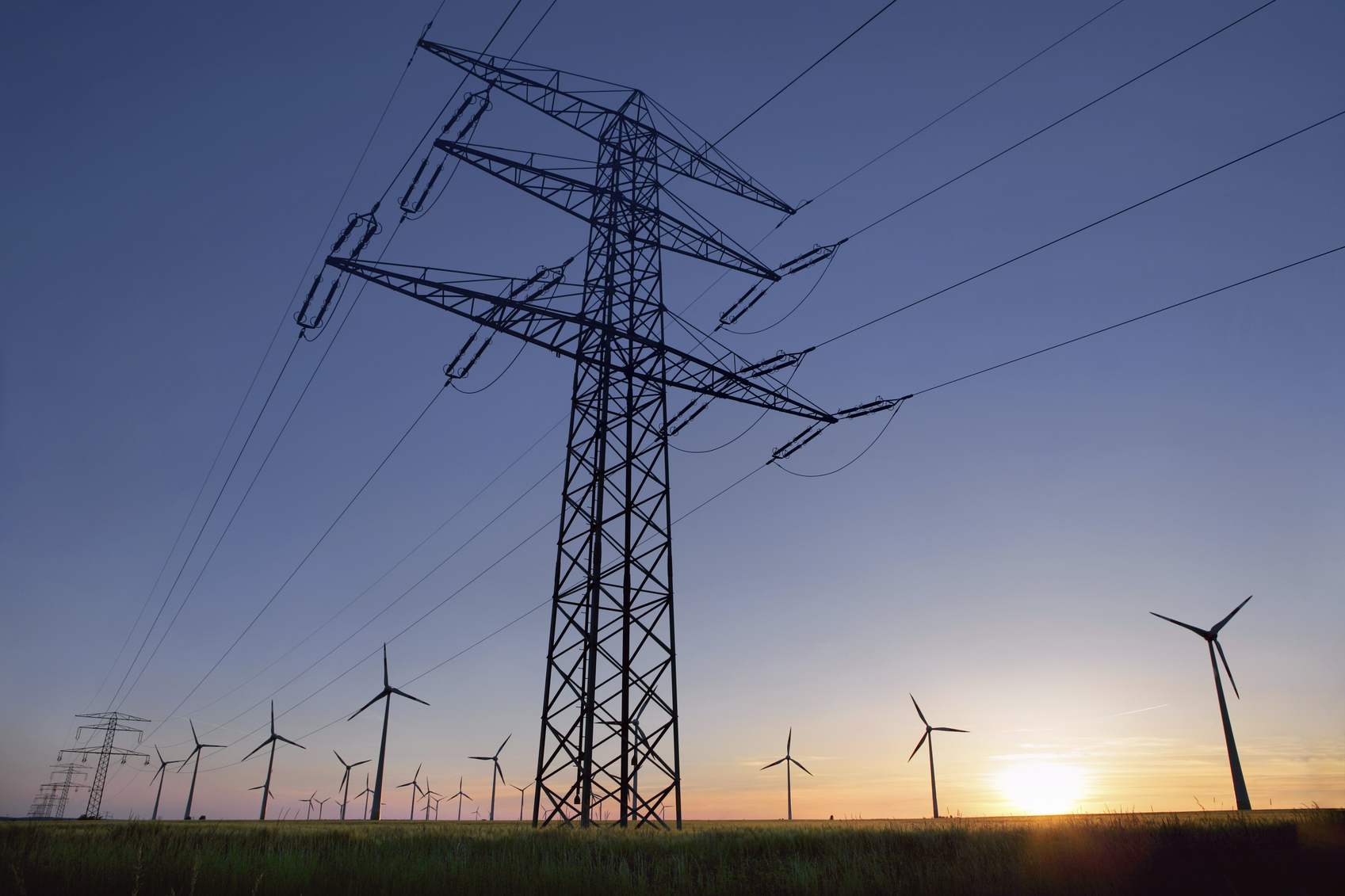
Krishnan Rajeshwar, ECS senior vice president and co-founder of UTA’s Center for Renewable Energy, Science and Technology
New research headed by ECS senior vice president Krishnan Rajeshwar has developed “green fuels” to power cars, home appliances, and even impact critical energy storage devices.
Solar fuels addressing global issues
Rajeshwar’s research works to address critical global and environmental issue by creating an inexpensive way to generate fuel from harmful emissions such as carbon dioxide.
(MORE: Read additional publications by Rajeshwar.)
The University of Texas at Arlington professor and 35 year ECS member has developed a novel high-performing material for cells that harness sunlight to split carbon dioxide and water into usable fuels like methanol and hydrogen gas.
From harmful to helpful
“Technologies that simultaneously permit us to remove greenhouse gases like carbon dioxide while harnessing and storing the energy of sunlight as fuel are at the forefront of current research,” Rajeshwar said. “Our new material could improve the safety, efficiency and cost-effectiveness of solar fuel generation, which is not yet economically viable.”
(MORE: Read the full study as published in ChemElectroChem Europe.)
This from University of Texas at Arlington:
The new hybrid platform uses ultra-long carbon nanotube networks with a homogeneous coating of copper oxide nanocrystals. It demonstrates both the high electrical conductivity of carbon nanotubes and the photocathode qualities of copper oxide, efficiently converting light into the photocurrents needed for the photoelectrochemical reduction process.
(more…)


 The U.S. Department of Energy (DOE)
The U.S. Department of Energy (DOE)  Renewable energy efforts around the world have grown exponentially over the past few years. Countries such as Japan have developed the world’s largest
Renewable energy efforts around the world have grown exponentially over the past few years. Countries such as Japan have developed the world’s largest  Researchers have taken a step toward the development of renewable plastics – a promising transformation from current plastics made from oil. The biodegradable material is possible due to the creation of a new catalyst.
Researchers have taken a step toward the development of renewable plastics – a promising transformation from current plastics made from oil. The biodegradable material is possible due to the creation of a new catalyst.




